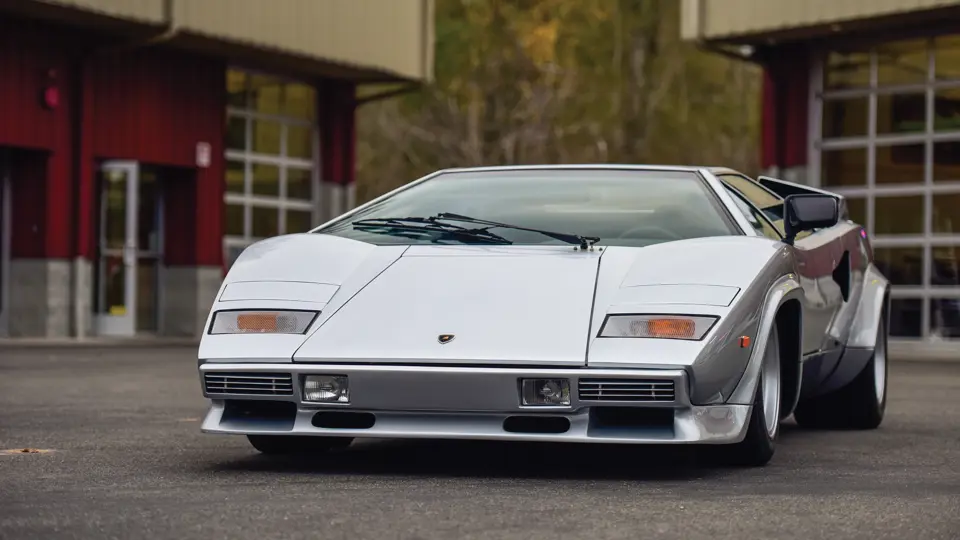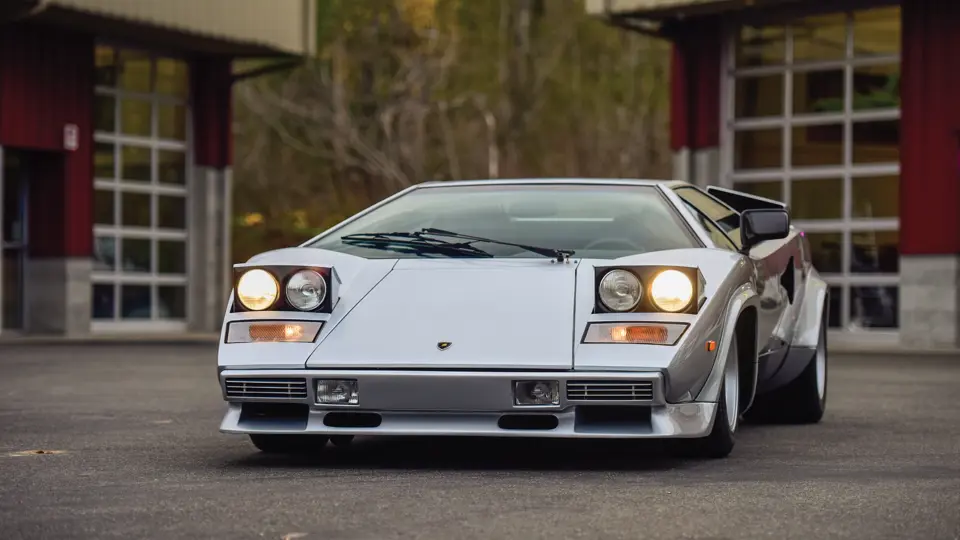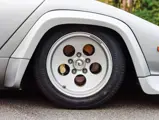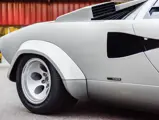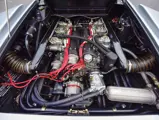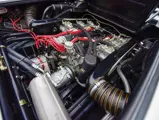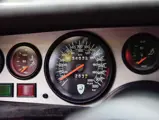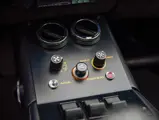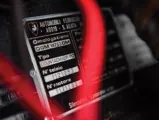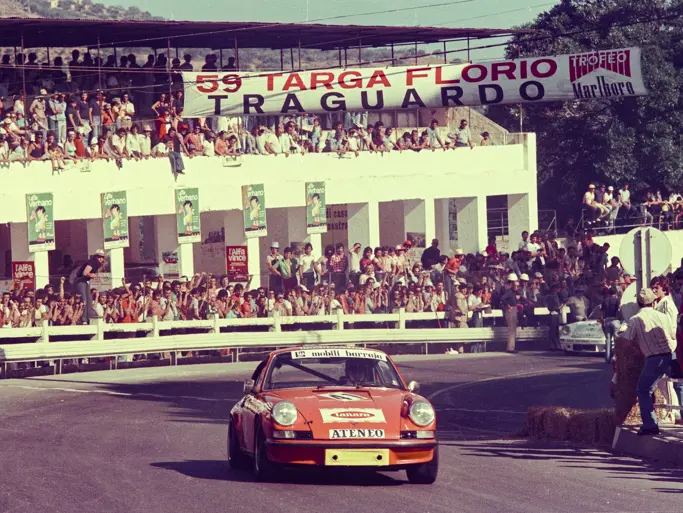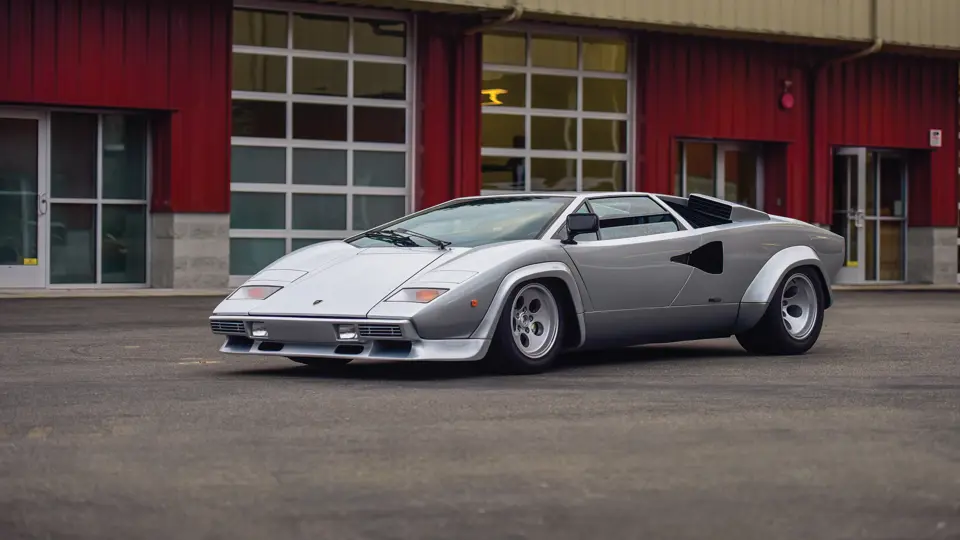
1981 Lamborghini Countach LP400 S Series II by Bertone
{{lr.item.text}}
$600,000 - $700,000 USD | Not Sold
{{bidding.lot.reserveStatusFormatted}}
- Desirable “low body” Countach
- One of just 105 Series II examples produced
- Showing less than 35,000 kilometers
- Recent comprehensive, multi-year restoration; signed by Valentino Balboni
375 hp, 3,929 cc DOHC 60-degree V-12 engine with six twin-throat Weber carburetors, five-speed manual transmission, independent unequal-length wishbone front suspension, independent upper lateral links with lower reversed wishbones and lower and upper trailing arm rear suspension, and four-wheel ventilated disc brakes. Wheelbase: 95.5 in.
Quite possibly the most recognizable automotive design on the planet, the Lamborghini Countach has stood the test of time as the quintessential supercar. Debuting at the 1971 Geneva Motor Show, the Countach struck an instant chord—fitting, as the name “Countach” is a Piedmontese expression meaning "stupendous," magnificent, or splendid (politely translated). Marcello Gandini was again put in charge of penning the company’s new flagship. The design was a drastic departure from the Miura’s gentle curves and elegant proportions. Instead, an aggressive wedge shape formed the basis of the silhouette and sharp lines constitute the remaining styling cues. This design also marked the debut of Lamborghini’s most iconic feature, the scissor doors. Like nothing else on the road, the Countach was a quantum leap forward in automotive language.
Lamborghini’s developments did not end with the styling, however. The Countach utilized a tubular space frame chassis and aircraft grade aluminum body. As a result, the vehicle was incredibly strong and light despite its size. Initially premiered with a 5.0-liter V-12 engine in the prototypes and show cars, the production LP400 models came with the 4.0-liter from the Miura. Power was rated at 370 horsepower and 266 foot-pounds of torque.
The first update came to the Countach after Canadian F1 team owner Walter Wolf sought to increase the performance of his own personal car. He enlisted the help of chief Lamborghini engineer Gianpaolo Dallara to modify the car by installing a 5.0-liter engine and much larger Pirelli P7 tires. In order to fit the massive tires, the bodywork and suspension geometry had to be extensively altered. Wolf eventually convinced Lamborghini to commercialize his modifications, and so the LP400 S was born.
However, not all of the Wolf upgrades made it onto the series production cars. Official S models received the fender flares, chin spoiler, wider tires, and revised suspension, but not the larger engine. Later on, the popular V-shaped wing was added to the options list after demand grew. Lamborghini would continue to develop and upgrade the Countach throughout the 1980s. In 1982, the LP500 S was released with a 4,754-cubic centimeter engine. The 5000 Quattrovalvole was put on sale in 1985 with continued engine evolutions. The final rendition of the Countach arrived in 1988 with the celebration of the company’s 25th anniversary. These models received extensive body restyling thanks to Horacio Pagani.
The series II Countach LP400 S offered here is a rare car, one of 105 ‘Low Body’ models, that preserves the lowered suspension, ride height, and body of the earlier LP400. It was the subject of a recent comprehensive, multi-year restoration by the experts at Evans Automotive in Columbus, Ohio. The consignor notes that over $250,000 was spent on the cosmetic and mechanical restoration, which was completed no more than 200 miles ago. As a result, the vehicle is in impeccable condition throughout and includes new correct tires as well as a proper Ansa Sport exhaust. The Alpine stereo continues to function correctly, while the air conditioning has been upgraded and blows ice-cold air. Retaining its original engine and transmission, the Countach only shows 34,640 kilometers on the odometer.
A Countach of this condition is an exceptional example to round off any serious collection.





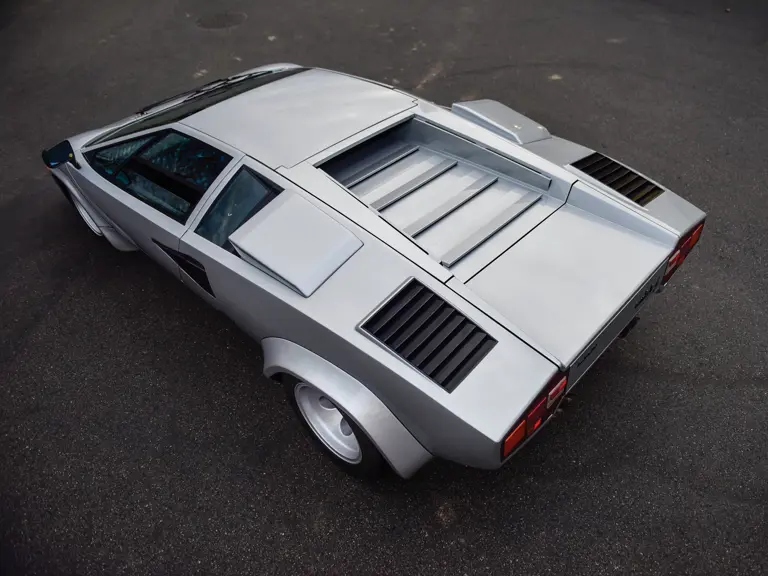
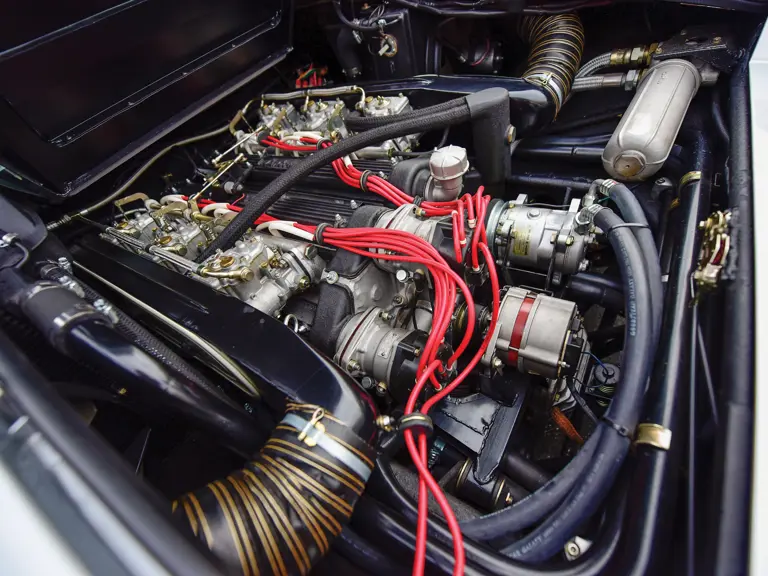
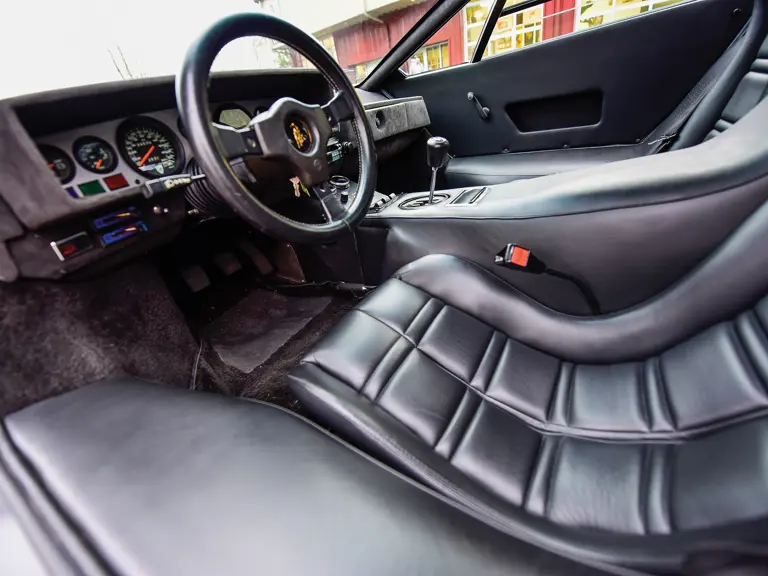

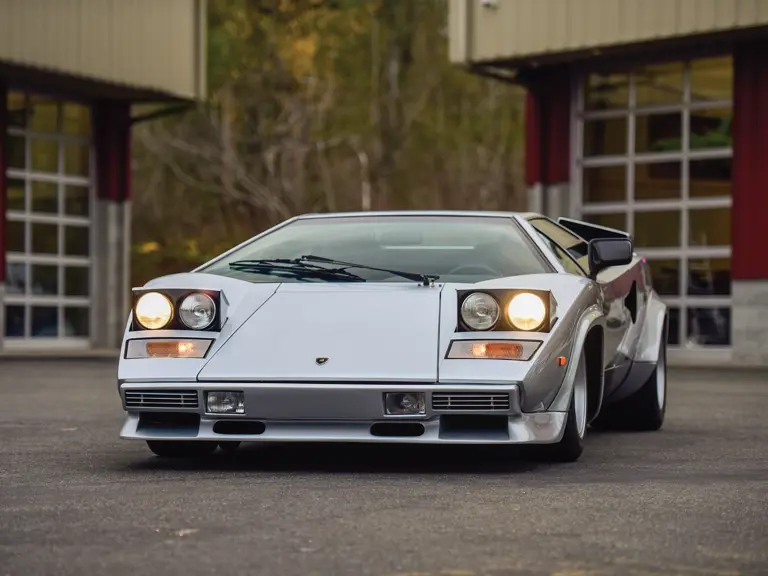

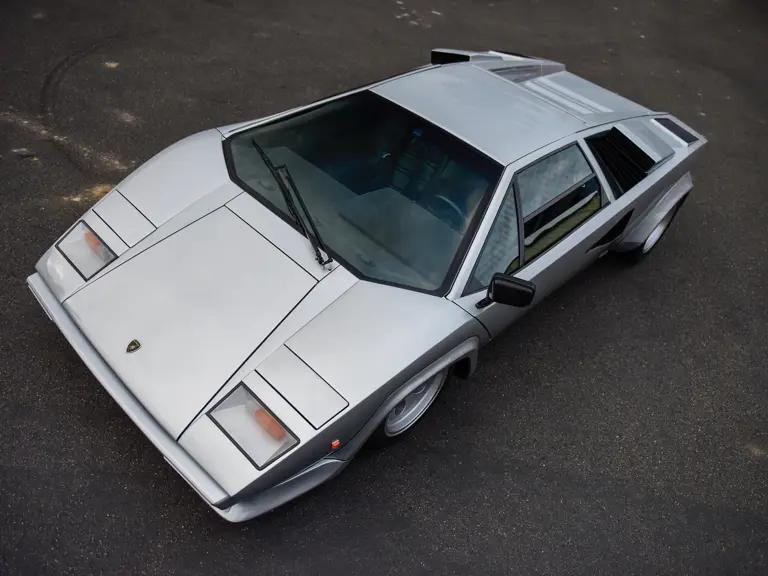
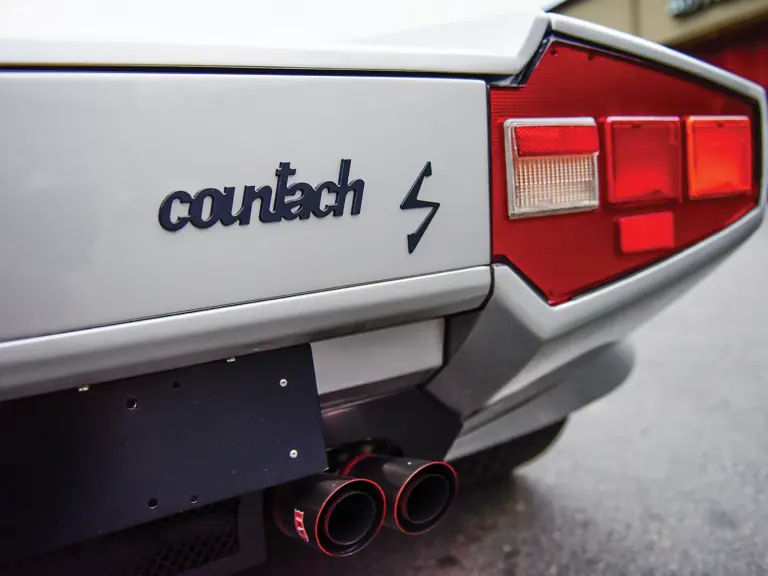
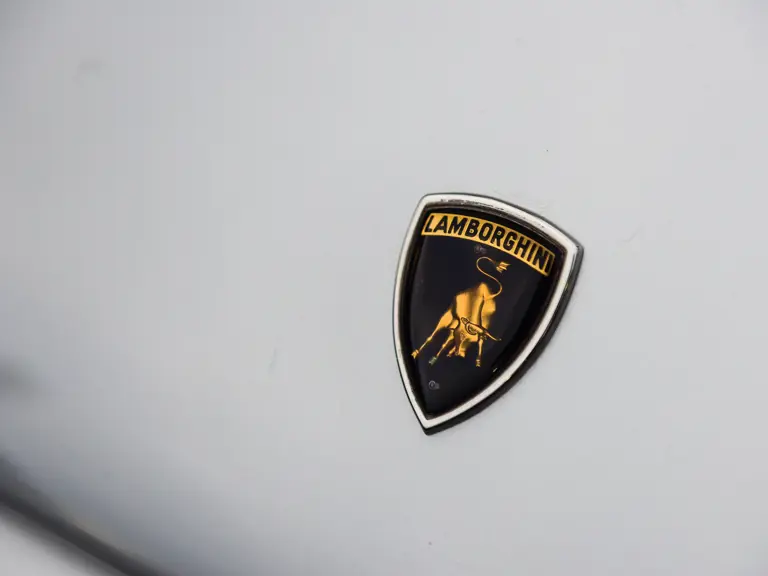


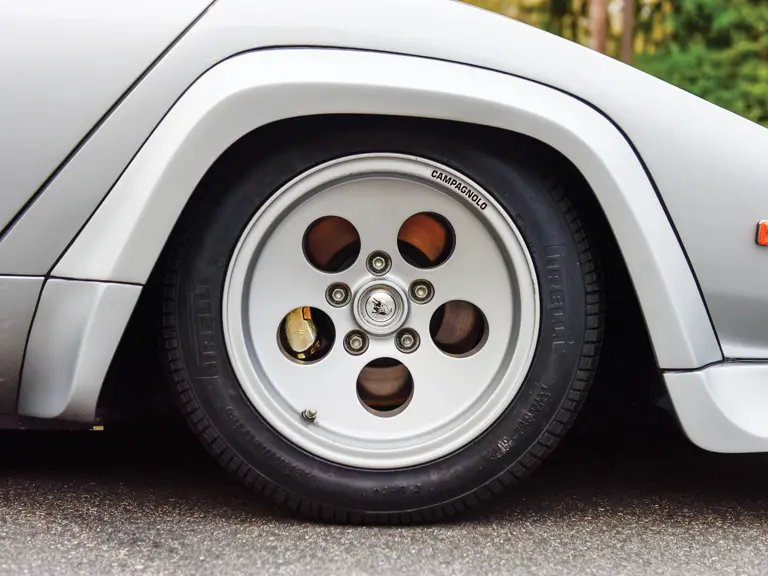
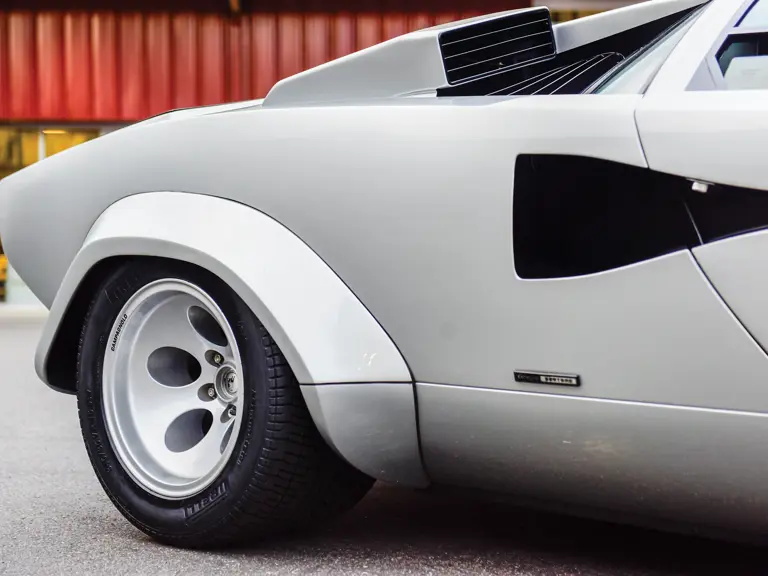

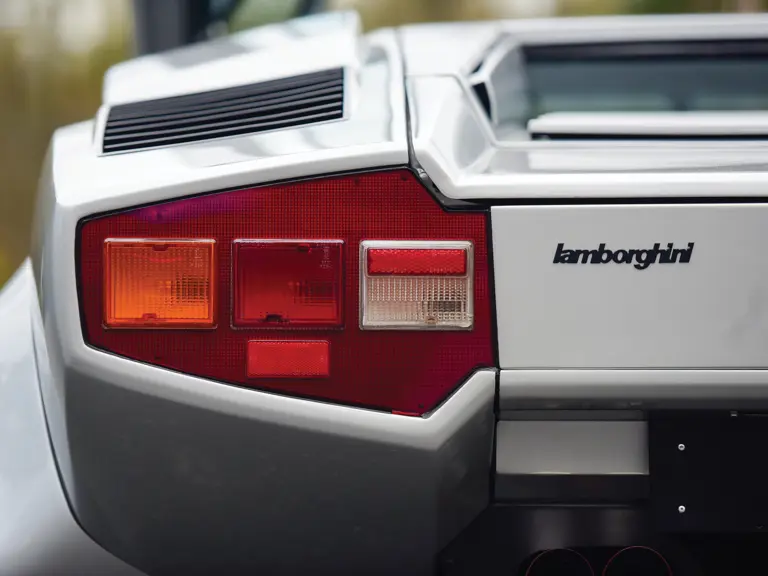
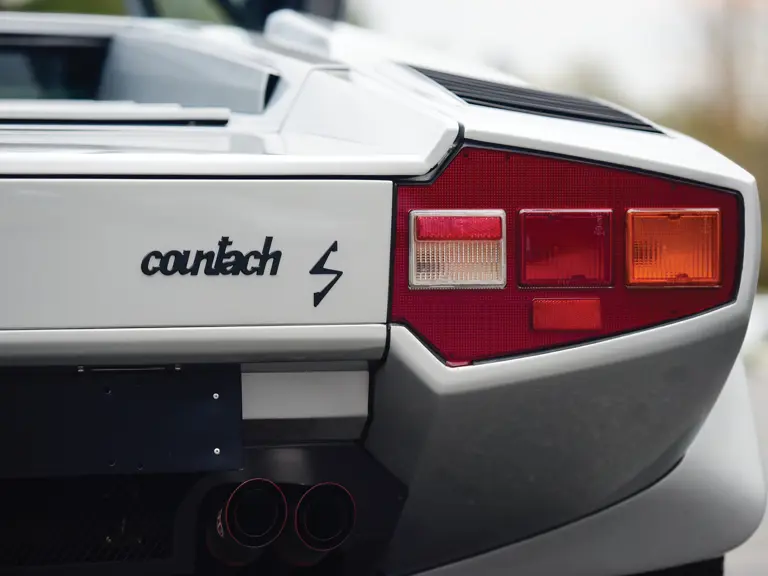
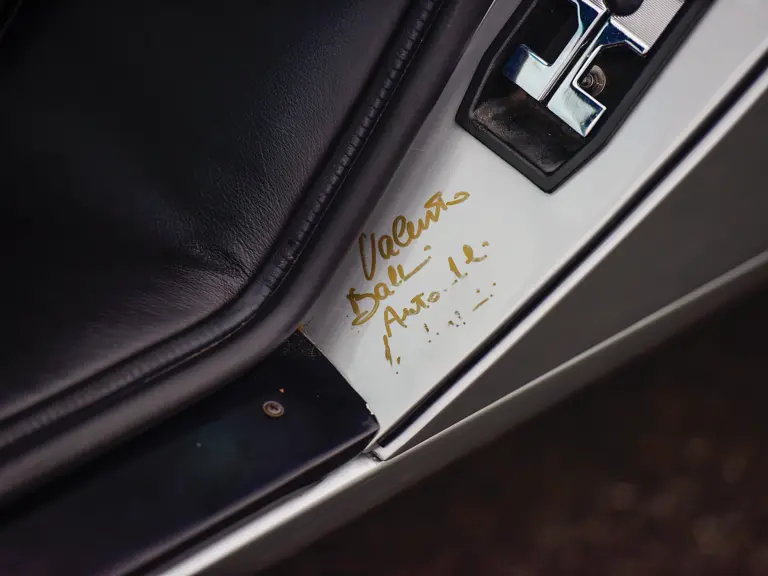
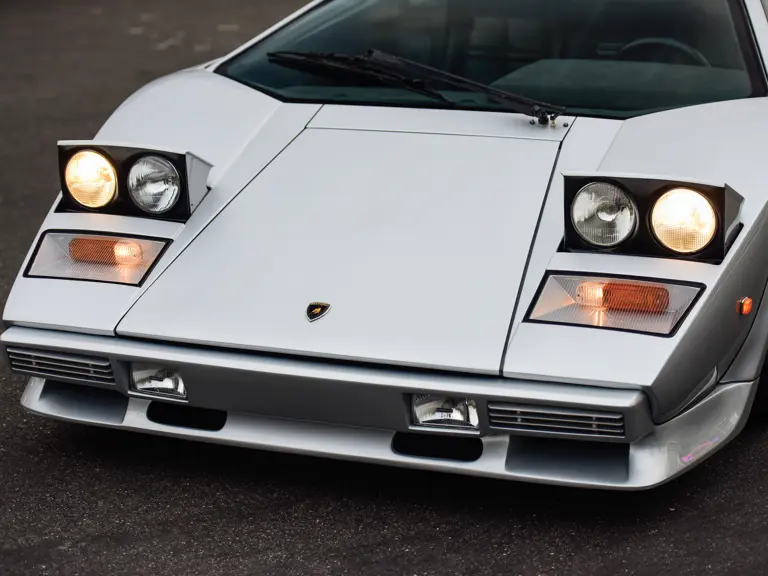

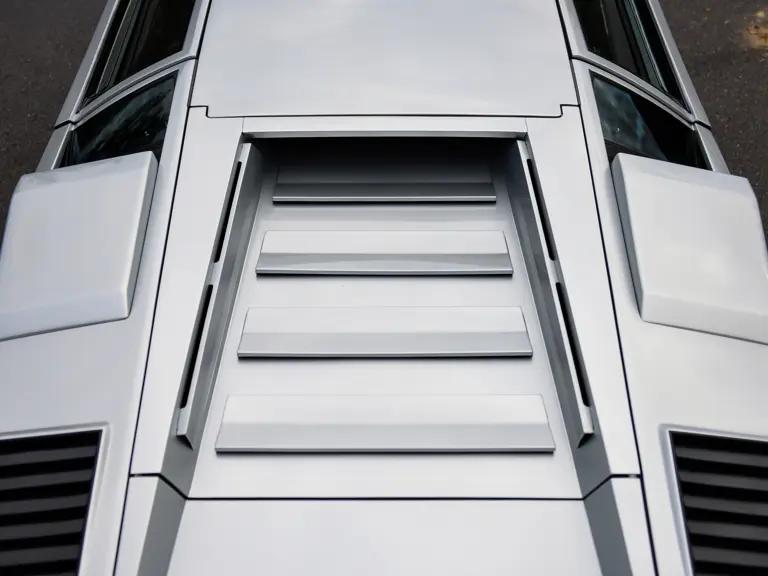

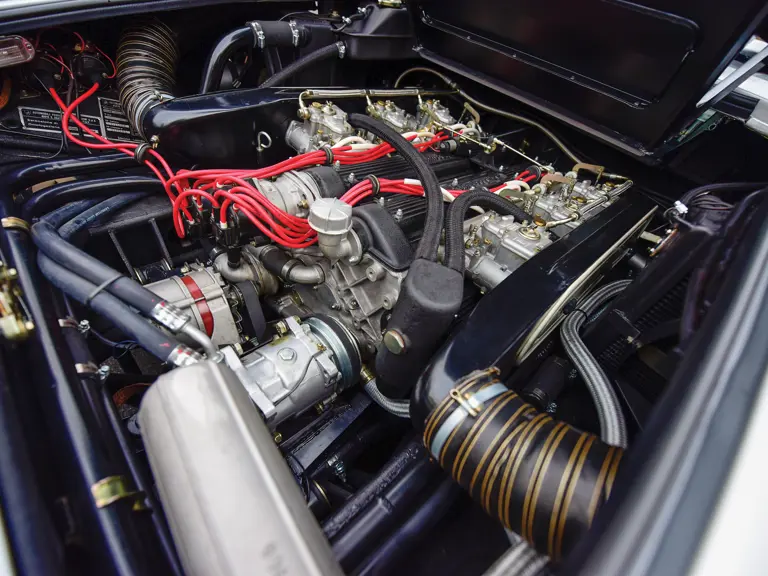
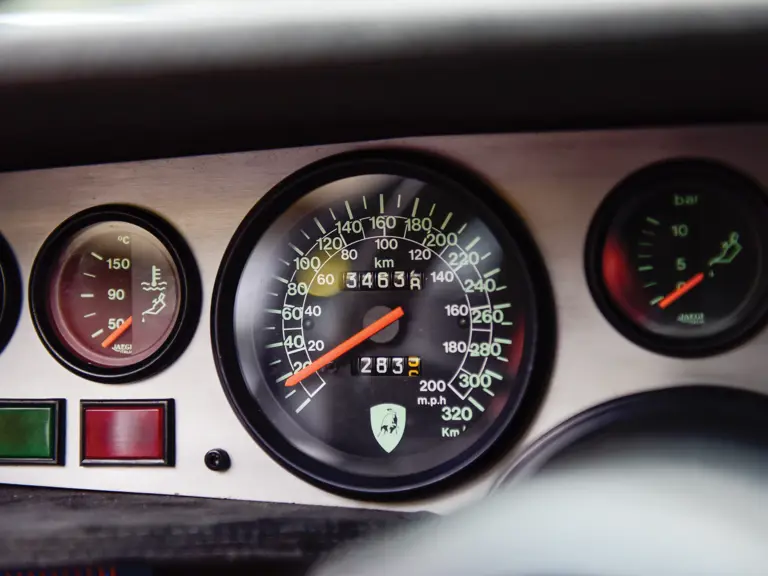


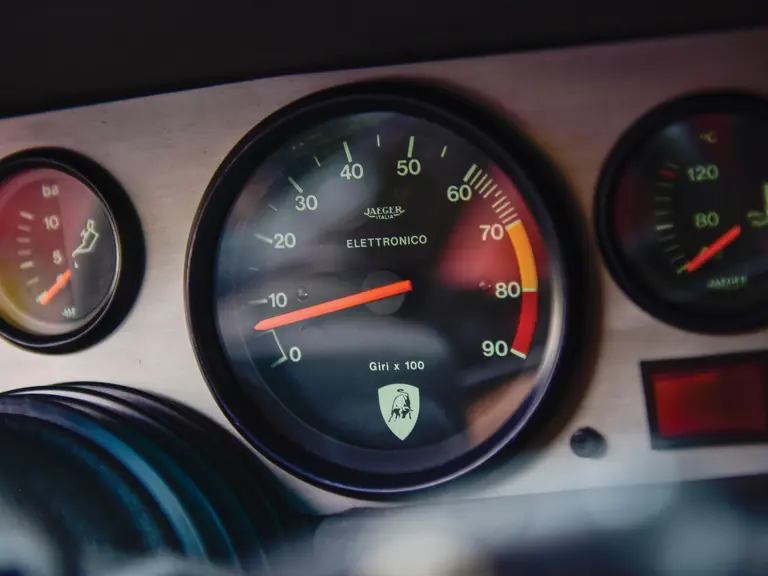
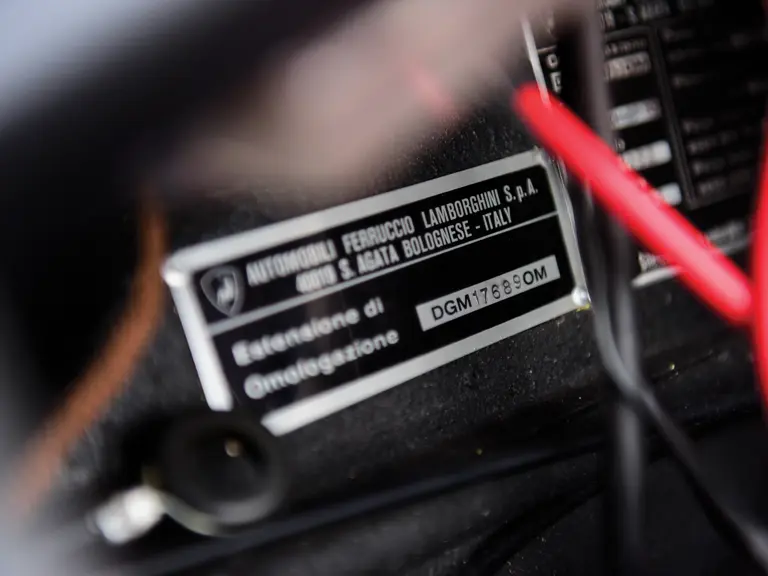
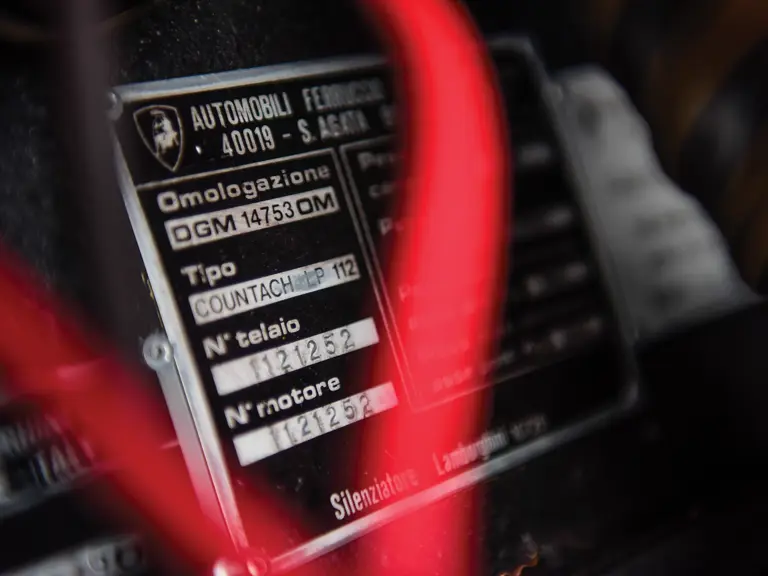
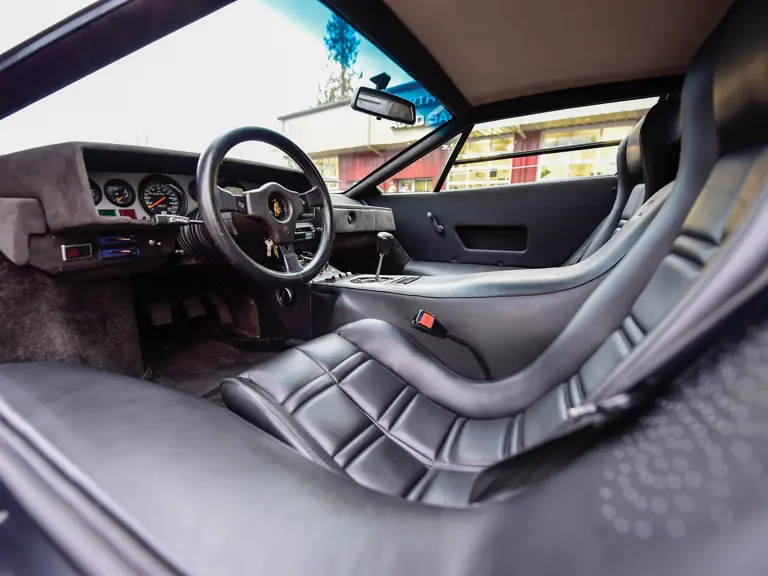
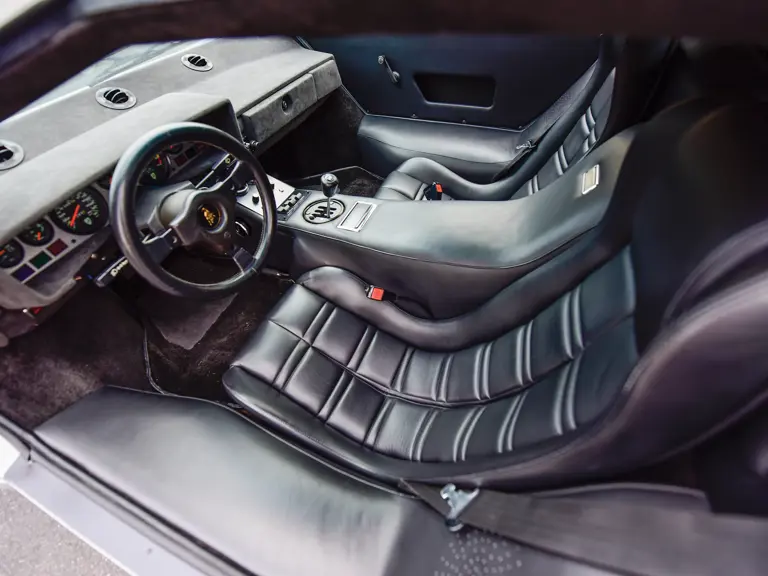
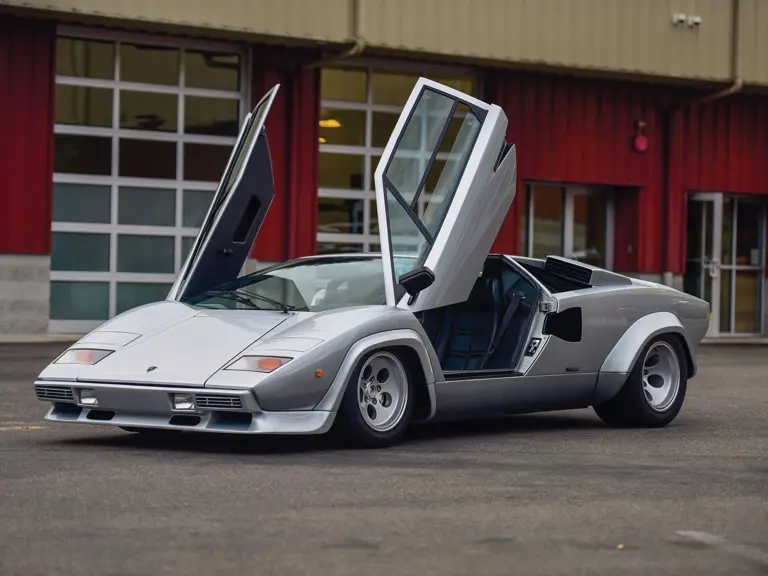

 | Phoenix, Arizona
| Phoenix, Arizona
